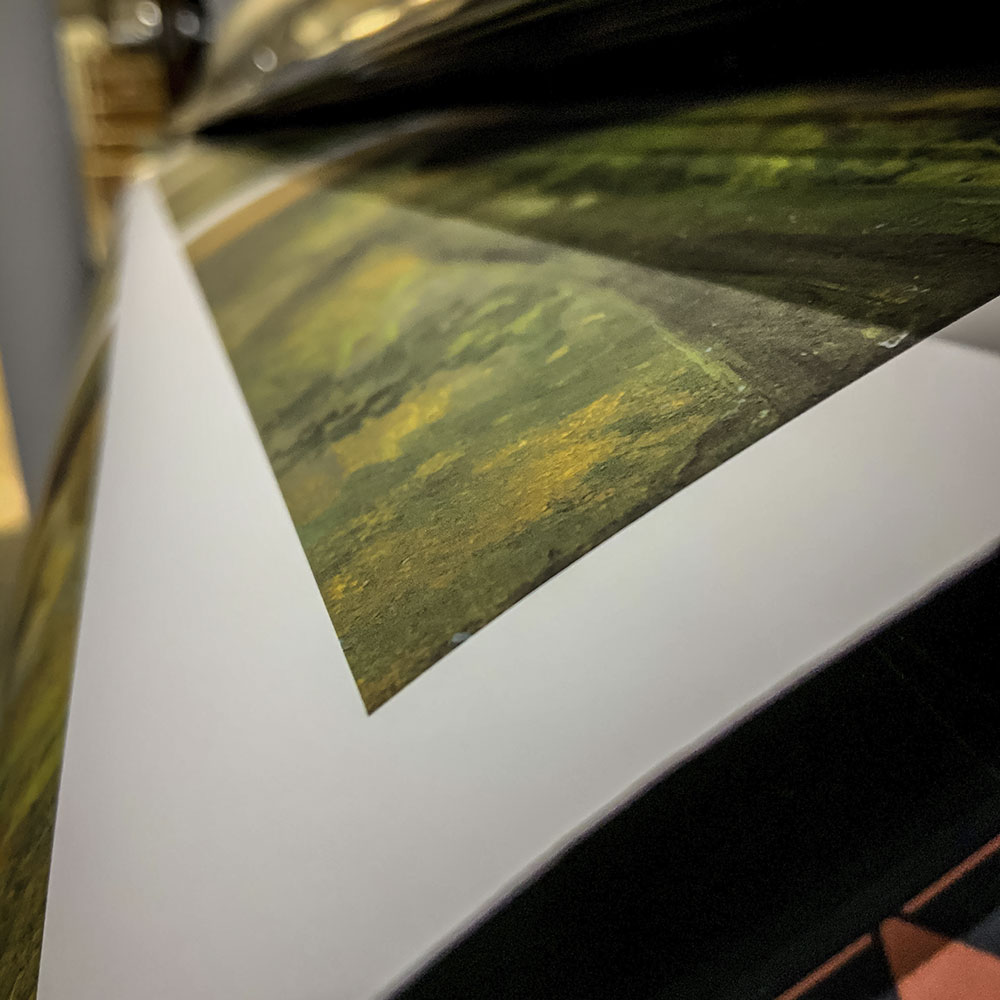In the Rasikapriya (Connoisseur’s Delights) of Kesavadas (c. 1554–c. 1600), the poet classifies eight types of female lovers (nayikas): she whose beloved is subject to her, she who is alone and yearning, she who waits by the bed, she who is separated from her beloved by a quarrel, she who is offended, she whose beloved has gone abroad), she who has made an appointment and is disappointed, and she who goes out to meet her beloved. Each category is further subdivided according to various physical differences, mental attitudes, and environmental situations. The heroine of this painting represents the type who braves a fierce night storm to keep her rendezvous with her lover. Steadfast in her determination and quest, the heroine is heedless of the danger of the raging storm's lightning and blinding rain. She ignores the cobras slithering by her feet, as well as the loss of her golden ornaments in her haste. The imagery of the impetuous heroine in the storm was the most popular nayika to be portrayed in Pahari paintings. It is conceptually related to the theme of Sohni braving the river's raging currents to meet her lover Mahinwal (M.72.2.1 and AC1999.127.3). The painting is attributed to the well-known poet and painter of Garhwal, Mola Ram. Certain details, such as the distinctive earring, exaggerated curve of the bangles, treatment of the storm clouds, and the draftsmanship of the figure, all accord with Mola Ram's known works.


